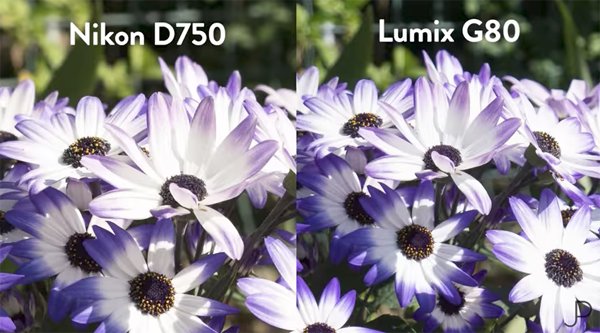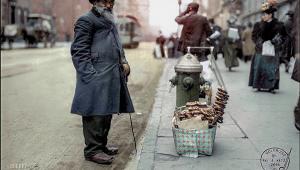Dear Writer:
Thanks for your comparative review!
But in practice, even if fullframe might be somehow better: which value for us would have a lost photo-opportunity?
In my analogous period (lenses for 35 mm are equal to today's fullframe lenses) I frequently CURSED my fullframe equipment: too large and too heavy. Never I was able to carry all and always selected the "wrong" lenses for a certain photo occasion. Frequently I carried nothing, for laziness to go carried like a dunkey.
Leaving chemical 35 mm film and joining digital MFT changed everything: I can carry all in a small backpack: fisheye; 8 to 18 mm; 14 to 150 mm; 100 to 400 mm; f/1.2 42,5 mm; macro 1:1 f/2,8 60 mm and three different flashes (wireless use) and an Olymbus body.
It is not like a feather but perfectly supportable.
Now, for the first time in my life, I am really happy as amateur photographer.
I digitalized my chemical slides at 4.800 dpi with an Epson scanner. Maybe MFT is inferior to fullframe, maybe! But image quality of chemical slides is even worse, contrary to all theory about their "extreme resolution".
Nevertheless I was happy with their quality at that time. So am I with MFT today.
Yours truly: Toivo






















































